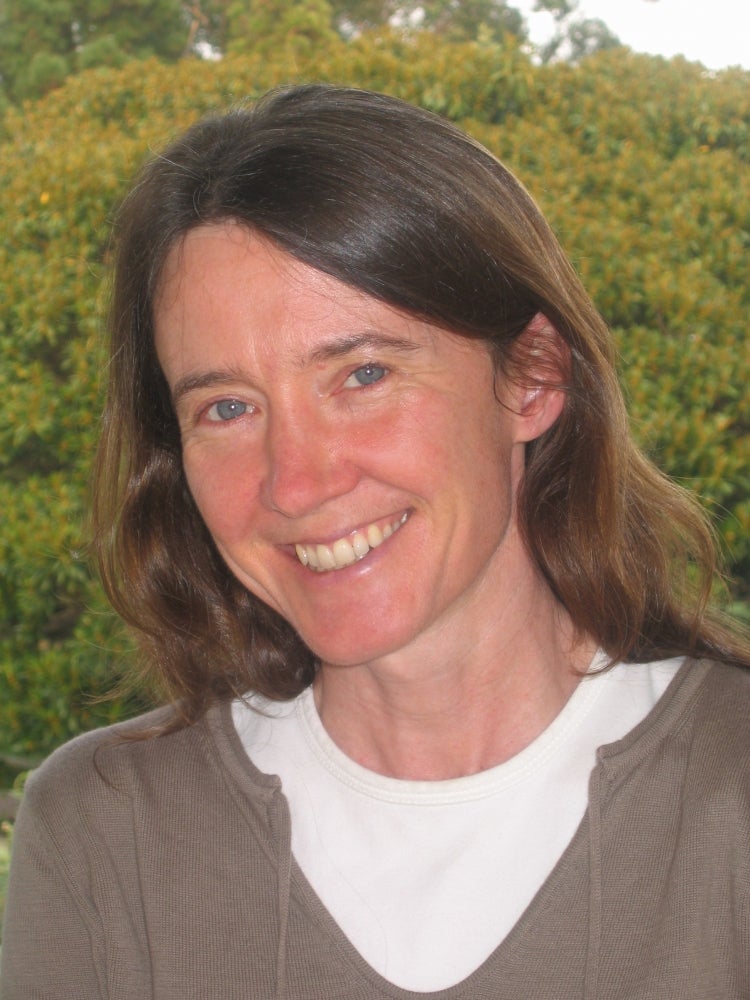
Climate Change and Fire Suppression

The unprecedented and deadly blazes that engulfed the American West in 2020 attest to the increasing number, size and severity of wildfires in the region. And while scientists predict the climate crisis will exacerbate this situation, there’s still much discussion around its contributing factors.
With this in mind, scientists at five western universities, including UC Santa Barbara, investigated the effects of human-driven climate change and more than a century of fire suppression, which has produced dense forests primed to burn. Their research, published in the journal Environmental Research Letters, confirms the importance of both factors in driving wildfires, but revealed that their influence varies, even within the same region of the Western U.S.
“We wanted to know how climate change and fire suppression, each in different ways, can influence fire regimes,” said coauthor Naomi Tague, a professor of ecohydrology and ecoinformatics at UCSB’s Bren School of Environmental Science & Management.
The scientists, led by Assistant Professor Erin Hanan at the University of Nevada, integrated three research methods to tackle these questions. They employed remote sensing data to characterize past fires. They harnessed climate models to determine the role climate change has played in local meteorological patterns, including temperature, rainfall and humidity. And they used an earth-system model to simulate how climate, water, vegetation and wildfire interact over space and time.
The scientists drew on climate records developed through a National Science Foundation-funded initiative called FireEarth and a watershed model called RHESSys-Fire that originated in the Tague Team Lab at UC Santa Barbara. Funding from another NSF initiative had enabled Tague’s lab to incorporate advances to this model that represent the climate impacts on fire, as well as hydrology and vegetation growth. The authors applied these techniques to data gathered across complex terrain in two mixed-conifer watersheds in the Idaho Batholith and the Central Rocky Mountains.
The results were clear, but far from straightforward. “For some locations, we found that climate change increased fire activity,” said Tague, who led the SERI-Fire initiative, “but surprisingly, in other locations, climate change actually decreased fire activity.”
This section of forest in the Central Rocky Mountains has been affected by bark beetles and wildfire.
Photo Credit: ERIN HANAN
The team found that climate change increased burn probability and led to larger, more frequent fires in wetter areas while doing the opposite in more arid locations. In areas of intermediate soil moisture, the effects of climate change and fire suppression varied in response to local trade-offs between flammability and fuel loading.
The scientists were surprised that climate change could decrease the severity of fires under certain conditions, but Tague offers an explanation. “Climate change can reduce the growth and development of fuels,” she said, “particularly in more arid sites.”
These are crucial insights in our efforts to understand and manage wildfires. “This paper presents one of the first wildfire attribution studies at the scale of actionable management,” said lead author Erin Hanan, “and shows that local responses to climate change and fire suppression can be highly variable even within individual watersheds.”
“This study is really the first to directly compare the independent effects of climate change versus fire suppression, which you can only do using dynamic models,” added UC Merced Assistant Professor Crystal Kolden, who led the FireEarth initiative. “We were actually surprised that the climate change signal was so clear; that’s kind of rare. And even though our study was limited to Idaho, the forest types and climate we modeled are found throughout the western U.S., so they are good analogs for many other watersheds.”
In addition to illuminating the roles of major wildfire factors, the research also boosts methodology. “This paper moves fire modeling and prediction forward by looking inside watersheds and disentangling the many factors that influence how fire regimes will evolve in the coming decades,” said Tague.
While climate change remains a major component — increasing the frequency and intensity of large wildfires across the globe — there are many regions where past suppression efforts still play an important role. Forest-density reduction is often a favored approach in regions where decades of fire suppression have significantly increased fuel loads. However, density reductions sometimes have unintended consequences, as Tague and her colleagues detailed in a paper recently published in Frontiers in Forests and Global Change. Under certain conditions, this practice can encourage vegetation growth, which can lead to greater water use by plants and potentially increasing fire risks.
Because fuel management often occurs at fine scales, spatially explicit models are needed to project how different areas within watersheds will respond to fire suppression or fuel treatments under the shifting conditions brought about by climate change.
“Our results tell us that a one-size-fits-all approach to fuel treatment and fire management is unlikely to work,” Tague said. “Debates over what causes fire activity, and what good treatment options might be, must always take where you are into account.”




